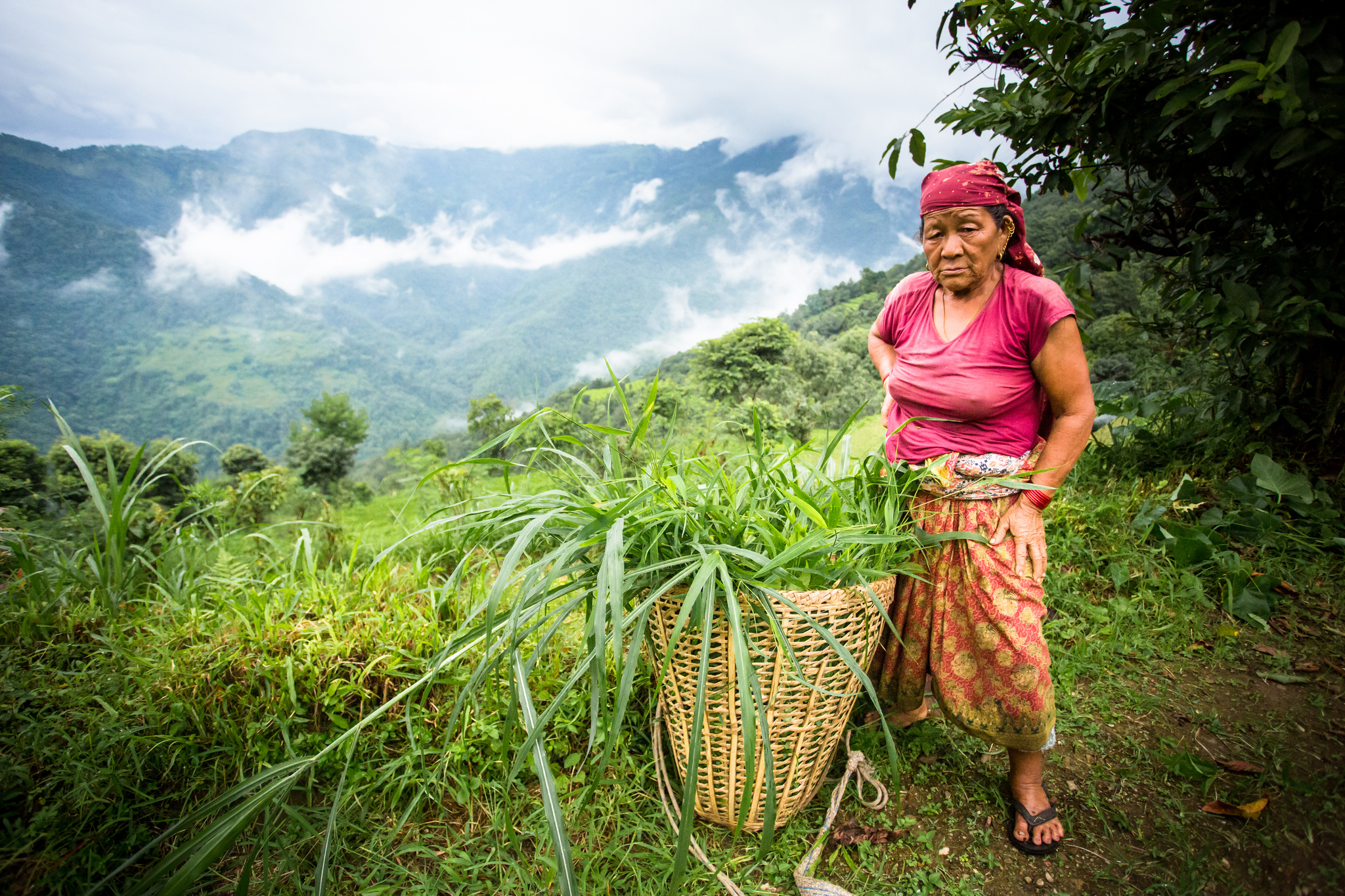
Nepal - This topic will be discussed at the World Bank Land and Poverty Conference 2018: Land Governance in an Interconnected World, held from 19-23 March in Washington, DC.
In Nepal, the idiom “it takes a village” might be better ended with “to raise a forest.” Here, more than a third of the population is involved community-based management of more than 1.8 million hectares of forested landscapes, from the highly biodiverse southern lowlands of the Terai to the rugged foothills of the Himalayas.
But as the country’s government changes, so too must its forestry policies. Aiming to provide policymakers with knowledge they can use, a new special issue of the peer-reviewed Journal of Forest and Livelihood provides the latest evidence on forest tenure reforms in Nepal, explaining and analyzing what has worked so far and what stands to be improved.
The issue comes at a pivotal time, as Nepal’s process of solidifying a federal state is bringing about all sorts of changes in legislature – forestry policy included.
“We wanted to bring all the knowledge together in one place, and compare reforms in terms of rights granted to local communities, authority and oversight, security of rights, and economic and environmental sustainability,” says Mani Ram Banjade, a consultant and former scientist at the Center for International Forestry Research (CIFOR), who led the issue’s compilation and co-wrote its summary introduction.
“From this perspective, we wanted to see if there are commonalities and differences,” he added.
Forest tenure is intricately linked to forest management, and the bulk of the special issue narrows in on the nine different modalities of forest management that the country has developed over the past 40 years. It is the only current resource to contain all existing knowledge on the modalities brought together in an analytical way from a tenure security perspective.